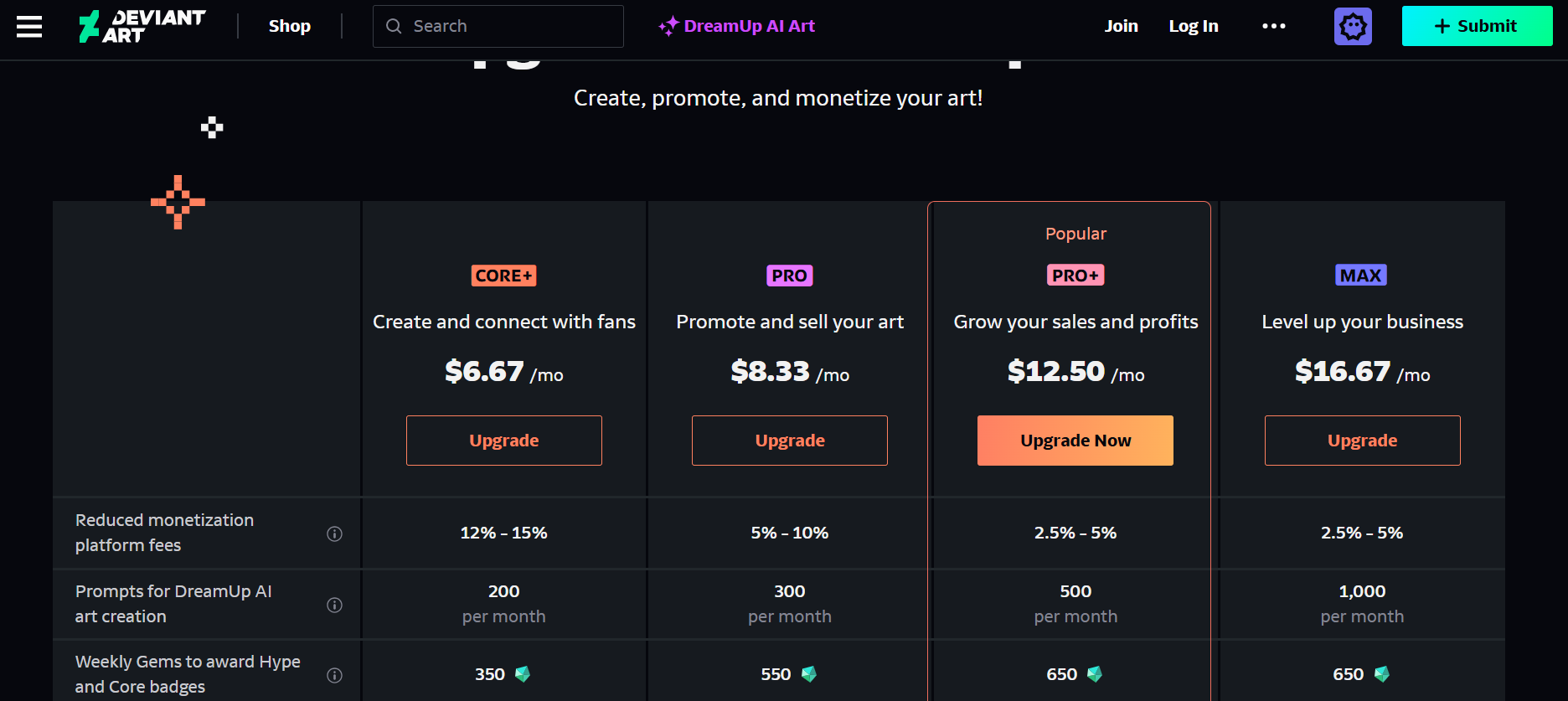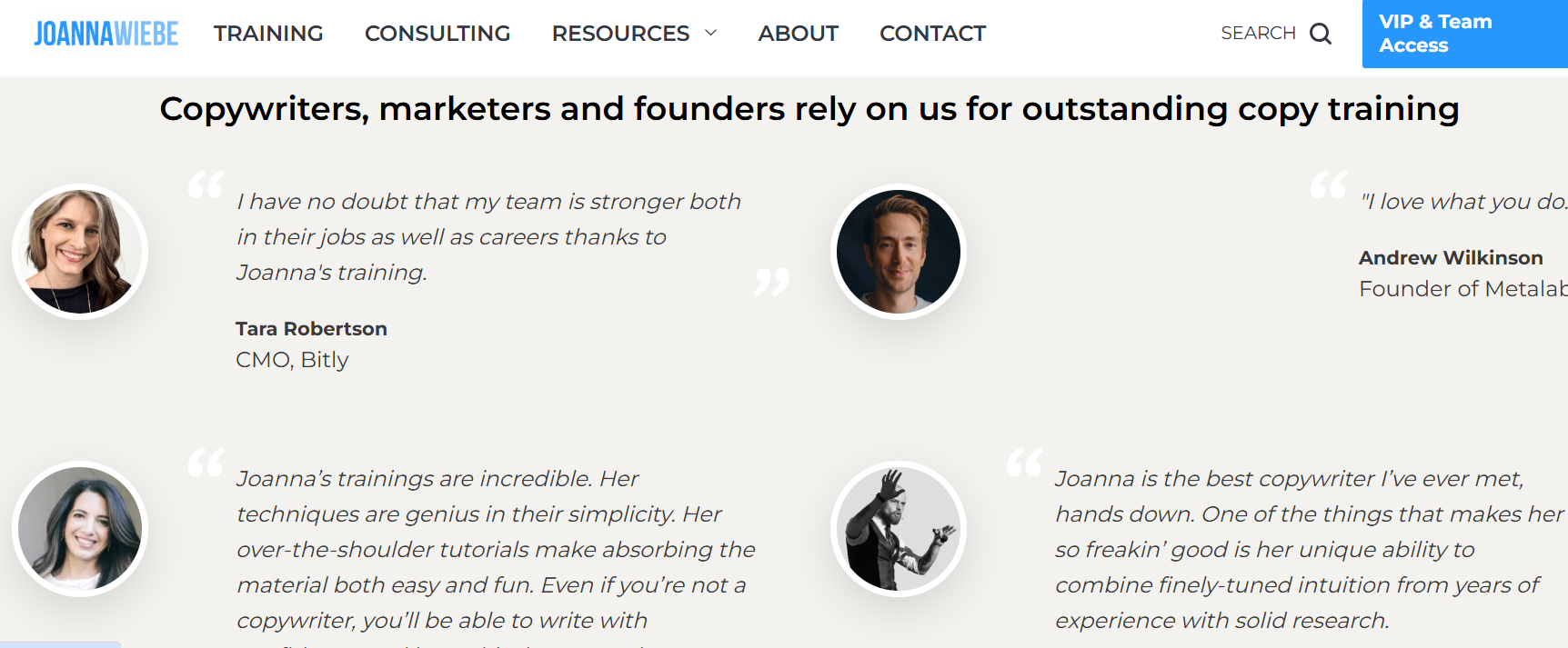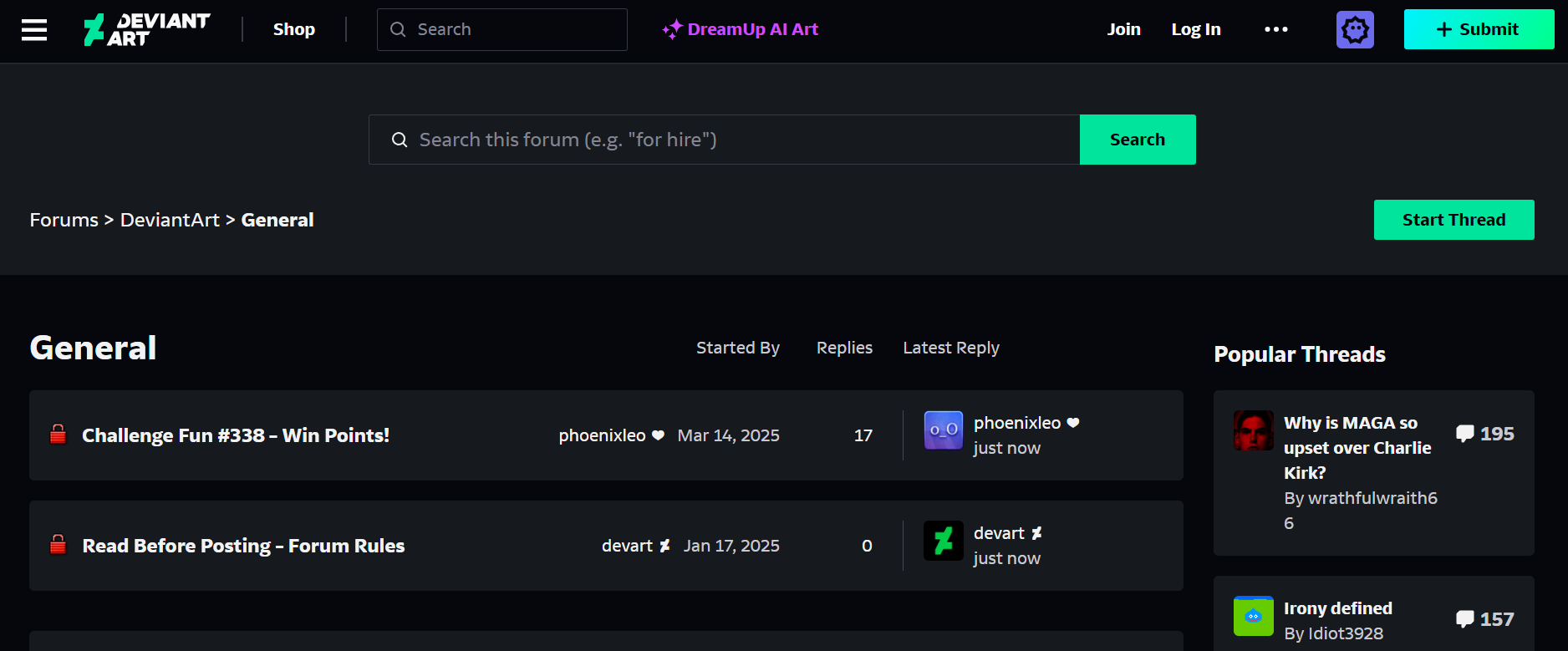How to Market a Membership Website: 12 Proven Strategies
Marketing membership websites is altogether a different ball game! From establishing your value proposition to convincing for that long-term commitment, you’ve got to move the needle! Above all, answer the most important question: Why is your membership worth paying for?
That’s where most membership sites often struggle with — long-term growth! But you can choose a seamless and super-rewarding growth journey with the right marketing strategies. In this article, we explore some amazing marketing strategies, whether you’re winning over your first customer or kicking off that lull in your membership growth!
12 Best Ways to Market a Membership Website
Once you create your membership site, it’s important to spread the word!. There are several ways to promote your membership site. Leveraging the right marketing strategies helps to broaden your reach & boost engagement.
Below are the top promotional strategies to attract a new audience:
1. Social Media Marketing
The influence of social media in the marketing world is undeniable. While brands, businesses, and e-commerce sites are hopping onto the bandwagon, membership websites are no exception!
Membership websites are known for fostering connections and relationships. Social media helps to promote your website through authentic social connections.
So, where should you start? Find the strategic places like X/Twitter, Facebook, and Instagram where your audience typically hangs out. Use social media beyond engagement to promote attractive deals and social proof.
Best Practices for Promoting Through Social Media:
- Profile Optimization
Start by optimizing your profile for better visibility. Target relevant keywords, optimize bios and define effective CTAs to maximize reach.
- Polls and Quizzes
Social media quizzes and polls are a great way to engage your audience. For example, you could start a simple poll with an interactive quiz sticker like: “What content would you love to see in the upcoming week?” A. Fitness video workouts series B.Healthy Recipes C. Guest Interview.
- Social Media Giveaways
Winning a social media giveaway definitely spreads unfettered happiness! Host an exciting contest or challenge to engage the audience and create buzz around your membership site. Ask people to complete tasks like: tag friends, like or follow a page, to qualify for the contest.

- Paid Ads
Create compelling creatives on Meta ads, Instagram Ads, or LinkedIn Ads to promote your membership site. Target the right audience based on age, demographics, preferences, etc.
- User Generated Content
UGC content uses authentic user experiences to build trust and credibility. Whether it’s a video testimonial, customer review, or social post, it demonstrates how your membership site creates a positive impact in someone’s life.
2. Leverage Email Marketing
What’s the secret sauce of popular marketers like Neil Patel and Pat Flynn for launching new products? Email marketing.
You create some buzz before launching your membership site. Statistically, email marketing earns an average $44 return for every dollar.
Email marketing is great for sending promotional email campaigns or drip campaigns to your audience. For instance, you could offer a welcome series mail to a new member, while a re-engagement mail to inactive members.
Best Practices for Email Marketing:
- Build Your E-mail List
Set an email list with freebies like a mini course, e-book, or checklist. Next, segment the audience into prospects, active members, and inactive members.
- Welcome Email Sequence
Create a personalised welcome sequence: thank you note & quick start guide (highlight how the membership works), a few series of value content, pitch your course.
- Re-Engagement Mails
There might be a few members who no longer open your emails. Try capturing their attention by sending reminders, check-ins, and miss you emails. Ensure you offer valuable content to create a sense of FOMO.
- Nurture Your Audience
Include social proof, member stories, or UGC to build trust & credibility around your membership site.
- Perform A/B Testing
Experiment and test different subject lines, CTAs, and email formats to see which drives maximum results
3. Give Away Free Content
Offering free content always works because of the low-entry barrier. You could offer a free guide, e-book, webinar, or engaging tips to capture your audience’s attention. When people find your resource is valuable, they are more likely to purchase your actual offer.
The free content provides a teaser of the actual experience they will have through memberships. People would sign-up with their email address to get the free content.
Another effective way is to take a small problem and offer a quick win, addressing the same. On the other hand, your membership can address the bigger problem.
Best Practices for Giving Away Free Content
- Offer Value to Inspire
Create evergreen or value-driven content so prospects would be interested in joining your membership. But also ensure you don’t offer it all!
- Experiment Content Formats
Try different lead magnets like guides, mini-ebooks, templates, and free trials to see which works best. You could even offer webinars/ workshops or limited-time community access.
- Email challenges or contests
Host 3-day email challenges or free webinar sessions that pitch your membership at the end.
- Follow-up Sequence
Create a follow-up sequence with engaging tips or upsells even after sending your freebies.
At the end of the free giveaway content, pitch the membership content like “Join the membership to find deeper insights.”
4. Offer Tiered Pricing
Ever thought your pricing model could be an effective marketing strategy for your membership site? Yes, a tiered pricing model could make it possible.
And there’s actual data to back it as well! Businesses with a tiered subscription model are 50% more likely to retain business. Each tier has unique benefits and perks, and nudges you to purchase a higher tier that’s perhaps more profitable.
The “freemium model” in tiered pricing works as a lead magnet, attracting new customers and converting them into actual customers. Diversification of customers, personalisation, and added revenue are the benefits of tiered pricing.

Best Practices of Tiered Pricing:
- Stick to a 3-tier strategy
The 3-tier strategy of Starter, Elite and Pro works better than Plan 1 and Plan 2. The starter plan offers access to basic content, while Elite provides extra resources, community support or even live support. The Pro plan offers 1:1 community support and exclusive perks.
- Leverage the Decoy Effect
Create a high-ticket premium tier to direct people towards the affordable middle tier. This is essentially called the “decoy effect.”
- Research Your Audience
Understand the needs, pain points, and expectations of your audience to add the features or benefits they prefer to see. Each membership tier should offer a clear value proposition to attract users.
- Offer Flexibility
Provide flexibility with monthly vs. annual pricing, free trial options, money-back guarantee options, and upgrades and downgrades.
- Premium perks as you scale
Differentiate higher tiers with community access, community features, 1:1 private coaching and mentorship.
5. Use Content Marketing & Repurpose Your Content
Good quality content attracts an audience and offers outright value to your audience. It helps to create brand awareness, generate leads, and also educate about your products and services.
First off, start with the kind of content your audience would likely engage with. Research your audience’s pain points, goals, and preferences. Understand whether you’re attracting new prospects or nurturing leads.
Best Practices for Content Marketing:
- Create a content strategy
Plan for different kinds of content, including blogs, social posts, videos, etc. Start by creating content pillars using broad topics that people typically search online. Perform keyword research to find the terms and queries people typically research online. Use tools like Semrush and Google Trends to find the right keywords.
- Repurpose your content
If a specific blog content is viral, repurpose it into a video, how-to guide, or Instagram reel. Choose the platforms people typically hang out on and choose a specific format.
- Target Different Content Funnels
Want to maximize your reach? Target all the stages of the content funnel from TOFU (Top of Funnel) to BOFU (Bottom of Funnel). For instance, informational content like blog posts and videos contributes to TOFU, while webinars and case studies count as MOFU. Lastly, free trials, testimonials, and sneak peeks come under BOFU.
- SEO-Friendly Website
Create an intuitive and SEO-friendly structure with clear labels and categories. Focus on breadcrumb navigation to provide users and search engines with a clear navigation path.
- Target Long-tail & Short-tail Keywords
Use tools like Google Keyword Planner, Semrush, or Ahrefs to target short-tail and long-tail keywords related to your membership niche.
6. Leverage Affiliate Marketing
Another powerful marketing strategy is affiliate marketing for expanding your reach. It helps to drive traffic through affiliates from potential customers. Each affiliate gets a link to share with their audience and generate leads.
When influencers or content creators promote through affiliate programs, it builds trust and credibility to a great extent. Moreover, you pay commissions only when affiliates earn you sign-ups, traffic, and engagement.
But, how to start an affiliate program for your membership site?
Best Practices for Affiliate Marketing
- Setting Measurable Goals
Set measurable goals to evaluate your affiliate program’s performance.
- Onboard the Right Affiliates
Find the right bloggers, creators, or influencers who fit your affiliate program, or alternatively, you can create an open application inviting eligible members.
- Choose Affiliate Commission Structure
Choose the right commission structure: cash, flat-rate, tiered or revenue share.
- Set the Terms & Conditions for Affiliate Program
Streamline the terms & policies, responsibilities, and affiliate agreement.
- Provide Affiliate Tools & Training
Offer the right tools & assets to your affiliates, including tracking links, banners, guides, etc. Integrate the right affiliate management system, like Rewardful, PartnerStack, Post Affiliate Pro, etc., with your membership site.
7. Referral Programs
Your site members are the most powerful tool that could make a big difference! Referrals work on word-of-mouth marketing, where your existing members spread the word about your membership site. This essentially works on first-person experience and trust.
Member referrals are a win-win promotional strategy! While existing members benefit from bonuses or incentives, the new member gets to become part of your membership community.
Moreover, the customer acquisition costs are lower than paid ads, and it sets in a viral loop where each member possibly brings in a new member.
Best Practices to Build a Member Referral Program:
- Identify the Right Audience
Decide the kind of audience you’re targeting (professionals, students, hobbyists, etc.)
- Both-sided Incentives
Choose a two-sided incentive program that benefits both referrer and new member. Your customer gets 10% off the next purchase and a $20 gift card for the referral.
- Offer Compelling Rewards
Provide attractive incentives like cash, exclusive content, tiered rewards (refer 1 friend & win free e-book, refer 10 friends & win free 1-month membership access), or discounts.
- Promote Your Referral Program Everywhere
Market your referral program across newsletters, social posts, websites, etc. Don’t forget to promote it within your membership site. Include it in onboarding mail, member dashboard, reminders, etc.
- Track Your Referral Data
Monitor the number of referrals, sources, or any specific patterns in data.
8. Partnerships
Another low-cost marketing strategy is partnering with related businesses or organizations. Think about collaborating with a business with a similar mission. This helps to tap into their audiences and broaden your reach.
Collaborate with industry leaders or niche brands to create win-win partnerships to spread the word about your membership site. Strategic partnerships broadens your reach, helps acquire fresh audiences, and builds your authority.
Best Practices for Leveraging Partnerships:
- Identify Potential Partners in Your Niche
The best place to look for partnerships is niches and related businesses. Choose potential partners that align with your goals & audiences. Ensure your partners share common values & mission, this helps to build trust.
- Pitching the Right Way to Your Audience
Ensuring your pitching message is genuine and easily connects with your audience. Highlight what your membership site offers clearly to move forward with the partnership.
- Leveraging Social Media For Outreach
First, define the purpose of collaboration. Keep the messages concise and personalize your message based on influencers & partners. Clearly mention what’s in it for them (rewards, incentives, offers). End with a CTA mentioning the next step they need to take( quick 15-minute call next week).
9. Create Testimonial Page
Testimonials are a powerful way of building trust and credibility. Capture reviews, feedback, and ratings of how members have actually benefited from your membership site.
The social proof inspires members to go forth and join your membership community. Imagine a new member viewing a video testimonial of how an existing member benefited from your fitness membership. Now, the new member has social proof on why they should join your membership community.

Best Practices to Build a Solid Testimonials Page:
- Collect Relevant Testimonials
Gather relevant testimonials about how your community benefits from membership. This could be about learning a new skill, embracing a framework that saved them extra hours of work, or a new fitness workout.
- Make it Visually-Appealing
Adding images, videos, or pop of colors makes your testimonial page worth-visiting.
- Tell a Mini-Story in Each Testimonial
Ensure each quote or testimonial conveys a mini story about how the membership benefited them.
- Mix Different Testimonial Formats
Include videos, audio, written testimonials, media reviews to offer a cohesive experience to your visitors.
10. Re-targeting Audience
You can’t hit the bull’s eye in the first shot itself! Hence you need to re-visit those who didn’t make it the first time.
Re-targeting the audience is an effective marketing tool, as these people have already shown interest in your membership.
For example, a particular member signed up for a free membership trial, but didn’t convert as a paid member. Revisit such prospects and find the reasons & challenges why they opted-out. Design re-targeting ads or strategies to complete the purchase.
You need to fine-tune your retargeting message like “Still looking to upgrade your skills? Unlock our membership at a 30% discount.”
Best Practices for Re-targeting for Membership Site:
- Segment Re-targeting Audience
Segment diverse re-targeting segments based on interests & behaviour. Website visitors, trial users, landing page viewers, cart abandonments, or members who cancelled memberships are few segments to target.
- Deciding Your Re-targeting Campaign
Choose from re-targeting channels like Facebook & Instagram Ads, email targeting, YouTube Ads or Google Search Ads.
- Fine-tune Your Re-targeting Message & Offer
If a member visited your sales page and didn’t convert, re-target them with marketing text video or images when they visit social media. For cart abandonments, you could send ads or emails with “What’s keeping you back — Complete your memberships; spots filling fast!”
- Include Social Proof to Build Credibility
Add a separate section highlighting “what members are saying” to build trust & credibility. Show the skills, problems, and knowledge you have gained through your memberships.
11. Build a Thriving Community
Community-building is what engages your members, supports them, and drives them towards growth. When members feel connected it strengthens their relationships & builds loyalty.
Creating dedicated spaces for members promotes interactions, networking, and peer-to-peer support. Think about creating forums, chat groups, or social media groups.

DeviantArt hosts diverse discussion groups for general topics, art challenges, general, etc
Best Practices for Building Thriving Community:
- Identify the Right Platform
Integrated community(Kajabi, Skool, Circle), social group (Facebook group, Discord, Slack), forums (Discourse, Tribe)
- Create a Warm Onboarding Experience
Send a welcome mail series introducing how the membership community works, community guidelines, and resources.
- Build Engagement & Connections
Engagement fosters community growth and makes them feel motivated. Include discussion prompts, weekly events, challenges, member tagging, & Q&As to keep up the engagement levels.
- Peer-to-Peer Support & Networking
Encourage networking with private forums, member directories, and mentorship programs. Provide tools & resources to create a positive environment & foster growth.
- Celebrate wins & milestones
Highlight monthly success stories and case studies to motivate & inspire members. Reward members with exclusive perks, freebies, and discounts to share testimonials, tips, and growth journeys in the group.
12. Use Webinars & Live Events
Webinars are an all-in-one tool that position yourself as an expert, engage your audience, and generate quality leads. You can use webinars in different ways to fit into your promotional strategy. For instance, use it to host workshops, for effective mid-conversion funnel, pitch premium membership offers or bundles.
Before planning your webinar, define a single clear goal stating the actual purpose of the webinar. This could be something like education, product demonstration, or lead generation. Make sure you don’t fit too many things in your webinar, as this often dilutes the message!
Next, choose a compelling topic addressing a pain point or knowledge gap. Conduct surveys, polls, or interviews to understand what your audience is actually interested in.
Best Practices for Promoting Through Webinars:
- Pre-sell Your Memberships
Host free webinars that offer valuable insights and help you gain trust. End it with limited-time discounts or bonuses for attendees that expire within a few hours.
- Engaging Mid-Conversion Technique
Bridge the awareness and purchase gap with an effective sales funnel structure. For example, promotional emails or social media promotions before the webinar; polls, activities, and Q&A during the webinar, and follow-up limited-time offers via emails after the webinar.
- Effective Follow-Up
Follow up with your participants post-webinar with thank-you mail & questions (active participants), educational content (passive participants), and key highlights (non-attendees).
- Effective Webinar Structure
Plan a perfect webinar flow with essential elements, including a hook, storytelling, value delivery, soft transition, membership pitch, and urgency.
Conclusion
There’s no need to reinvent the wheel when you are promoting your membership site! You need to adopt a strategic mix-and-match approach based on your audience’s preferences. The right membership marketing ideas help acquire new members, engage the audience, and retain churned members.
Choosing the right marketing strategies is only half the story; you also need to track and measure the performance of your marketing campaign.Identify the right KPIs and tools to understand what’s working and what’s not. Lastly, adjust and improve your marketing strategy to promote long-term growth and success!
FAQ-Related to How to Market a Membership Website
1. How to advertise memberships?
Understand your target audience, including their needs, pain points, and interests. Create search engine ads or social media ads to create brand awareness around your membership site.
2. What is membership marketing?
Membership marketing involves attracting, engaging, and converting members while fostering long-term relationships. The basic goal is to create long-term loyalty by offering ongoing resources and benefits.
3. How to effectively sell memberships?
Follow these steps, to sell your memberships:
- Choose your membership idea
- Identify your target audience or market
- Determine membership model
- Choose a suitable platform
- Create content for your membership site
- Decide your pricing strategy: fixed, tiered, freemium
- Market your membership site
- Create a great onboarding member experience





